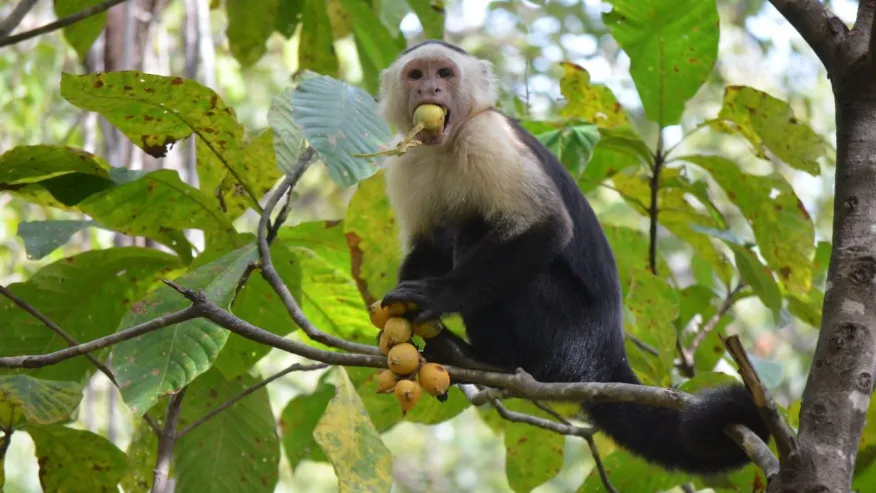Alcohol — and animals who love to consume it — is far more common in the natural world than scientists once believed, a new study has found.
Because ethanol — the kind of alcohol that forms from fruit and grain sugars — is present in virtually every environment, most fruit-eating and nectar-sipping animals likely consume it, according to findings published on Wednesday in Trends in Ecology & Evolution.
That revelation has researchers retreating from the human-centric view that “ethanol is just something that humans use,” University of Exeter behavioral ecologist and senior author Kimberley Hockings said in a statement.
Ethanol, Hockings noted, has a very long history. Flower and fruit-bearing plants and vines first rose in the late Cretaceous, about 100 million years ago, making them roughly contemporaneous with Tyrannosaurus rex.
As fallen fruit ages, yeasts in the air and the surface of the fruit itself convert sugar into ethanol — one reason why rotting fruit can smell a bit like beer or wine.
These fruits don’t generally reach a high-proof — generally 1 to 2 percent alcohol by volume (ABV), or somewhere between kombucha and “three-two” beers — although scientists have found that some rotting palm fruit in Panama exceeds 10 percent ABV, putting it in the same neighborhood as wine.
But for a bird or small mammal gorging on slightly-alcoholic fruit, even one to two percent can be enough to catch a potentially lethal buzz.
“It is not advantageous to be inebriated as you’re climbing around in the trees or surrounded by predators at night—that’s a recipe for not having your genes passed on,” cauthor and College of Central Florida professor of molecular ecology Matthew Carrigan said in a statement.
Animals who eat ethanol — which include our own primate ancestors, who diverged from other mammals about 15 million years after the rise of fruit-bearing plants — have the opposite problem of modern humans when it comes to alcohol, Carrigan added.
Unlike “humans who want to get intoxicated but don’t really want the calories—from the non-human perspective, the animals want the calories but not the inebriation.”
As such, animals that eat this fruit often have genes that help them break down ethanol without getting drunk — which allows them to take advantage of the distinctive sickly sweet smell to find fruit without the risk of a predator slapping them with an EWI (Eaten While Intoxicated).
But the idea that animals avoid getting drunk is a hypothesis, not a well-founded conclusion; the researchers emphasized that they don’t know if animals seek out intoxication. One of the past decade’s biggest megatrends in ecology and biology is the growing consensus that sentience — and intelligence — are far more common than had been believed. And social drinking could be advantageous for sentient communities: Among our branch of the primates, anthropologists believe that social drinking helped facilitate — or even cause — the formation of the first cities.
For social animals like birds and some mammals, the researchers noted, there may be boozy benefits that help outweigh the consequences of getting drunk — a conjecture which first requires finding out if intoxication in animals looks like it does in humans.
Alongside the paper, researchers published photos of primates like Capichin monkeys, spider monkeys and even chimpanzees eating alcoholic fruit.
This could potential offer advantages, University of Exeter behavioral ecologist and first author Anna Bowland said in a statement.
“On the cognitive side, ideas have been put forward that ethanol can trigger the endorphin and dopamine system, which leads to feelings of relaxation that could have benefits in terms of sociality,” Bowland said.
But “to test that, we’d really need to know if ethanol is producing a physiological response in the wild.”




